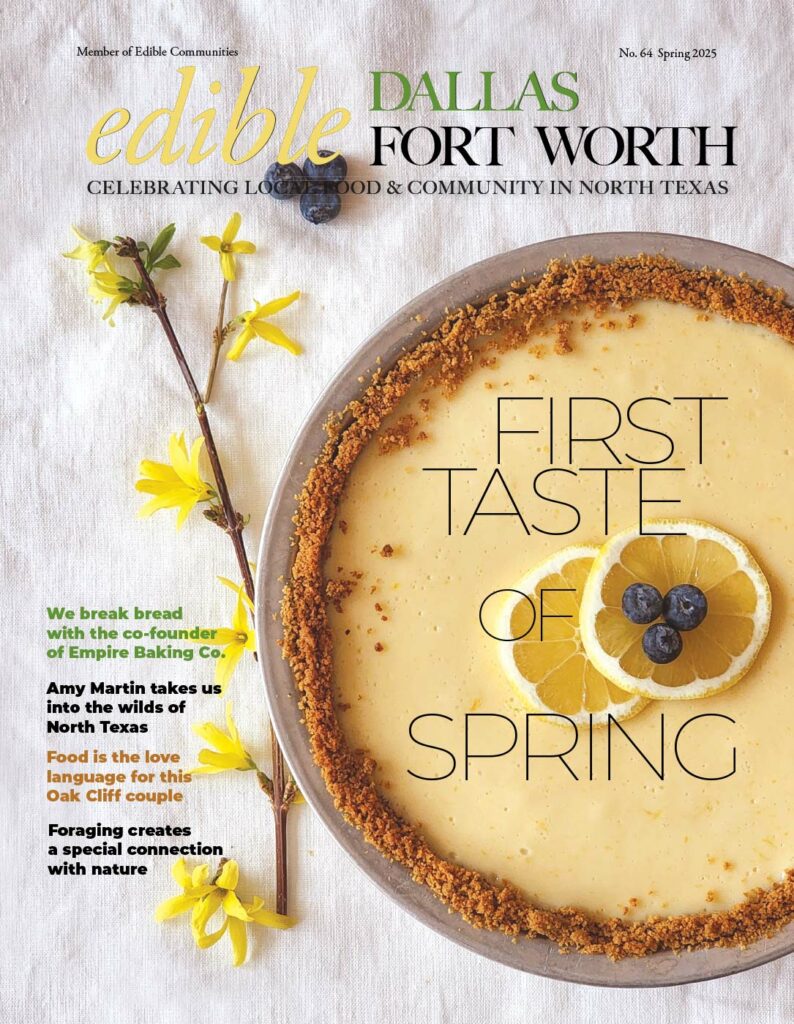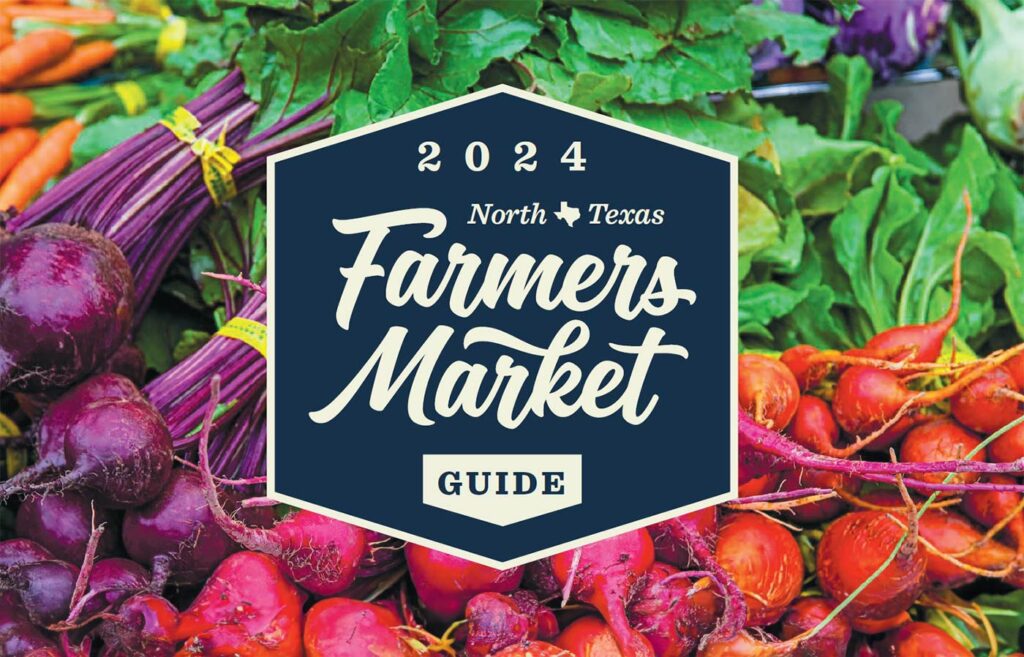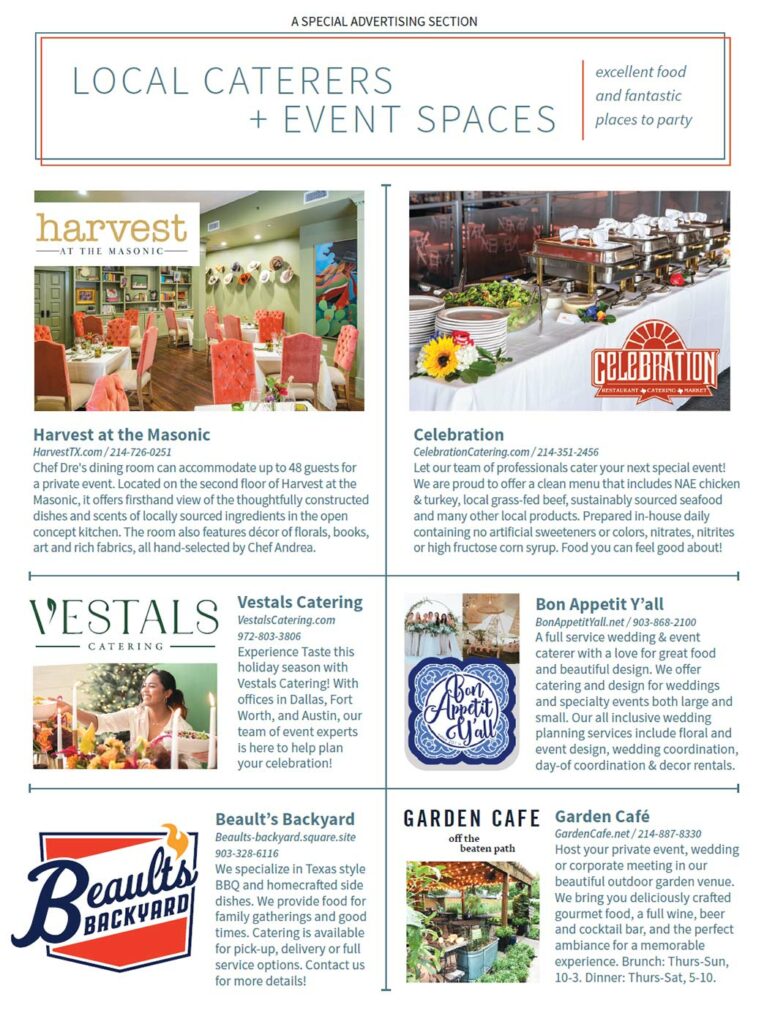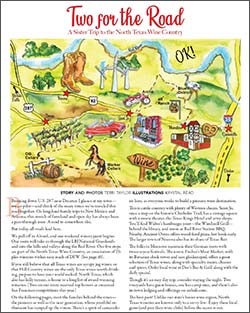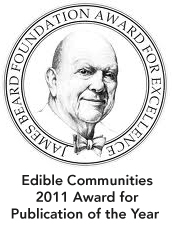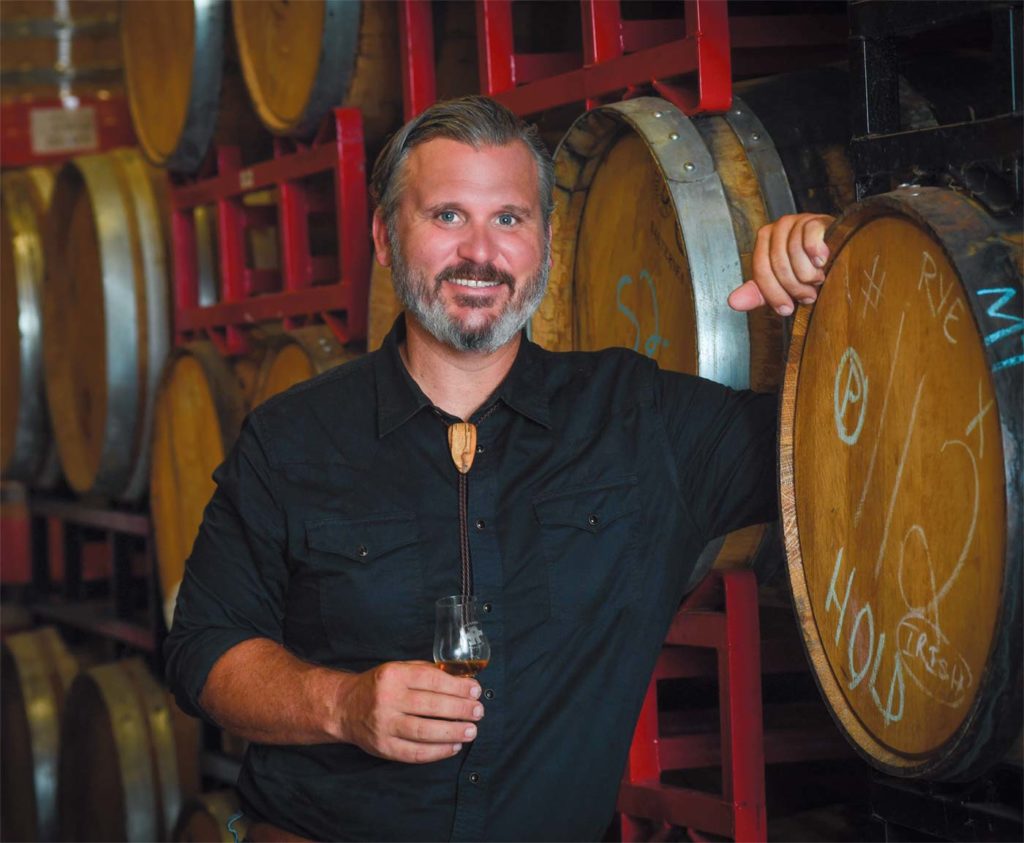
photography Azure Photography
A few years ago I had the pleasure of attending a fall dinner party with close friends — the air was starting to get crisp and the aroma of chiminea-smoked piñon wood was wafting through the neighborhood. My gracious host (we will call him “Sips” to preserve his anonymity) made a batch of what he called “an autumnal old fashioned.” It was simple — it tasted like cinnamon and whiskey, and though I have had several other sips with “Sips” since, his take on an old fashioned is the one I remember every fall.
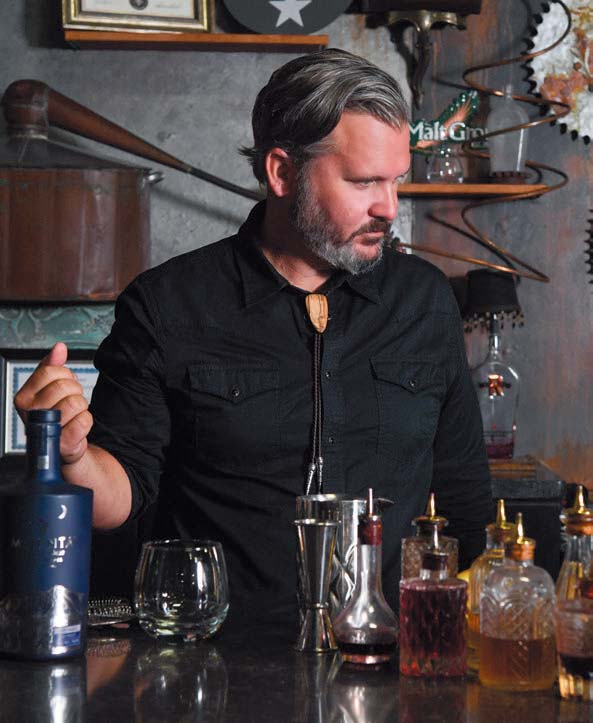
A Brief Old Fashioned History
James E. Pepper in Louisville, Kentucky claimed to have invented the first “old fashioned” at the Pendennis Social Club in the 1880s. As is the case in most cocktail origin stories, when someone claims to have been a concoction’s inventor, they generally are not. The real story is more fluid.
The bare-bones recipe for something labeled old fashioned was first mentioned in 1806 in The Balance and Columbian Repository, published in Hudson, New York. In response to a letter from a reader who had requested his drinks be made the “old-fashioned way,” the editor, for the first time in known print, laid out the recipe for a cocktail: “A stimulating liquor, composed of spirits of any kind, sugar, water, and bitters . . .”
In 1862, “old fashioned” gets a mention again in Jerry Thomas’ Bartenders Guide: How To Mix Drinks. This version of the old fashioned is made with Holland gin, Angostura bitters and lemon peel. By the time the 1880s came around, drinks made “the old-fashioned way” and recipes for an “Old Fashioned” could be found in several publications. Whether the authors were referencing a specific cocktail or an old-fashioned style of tending bar, these simple, three-component old fashioned cocktails had been around years before James E. Pepper, and were fashioned from a variety of spirits.
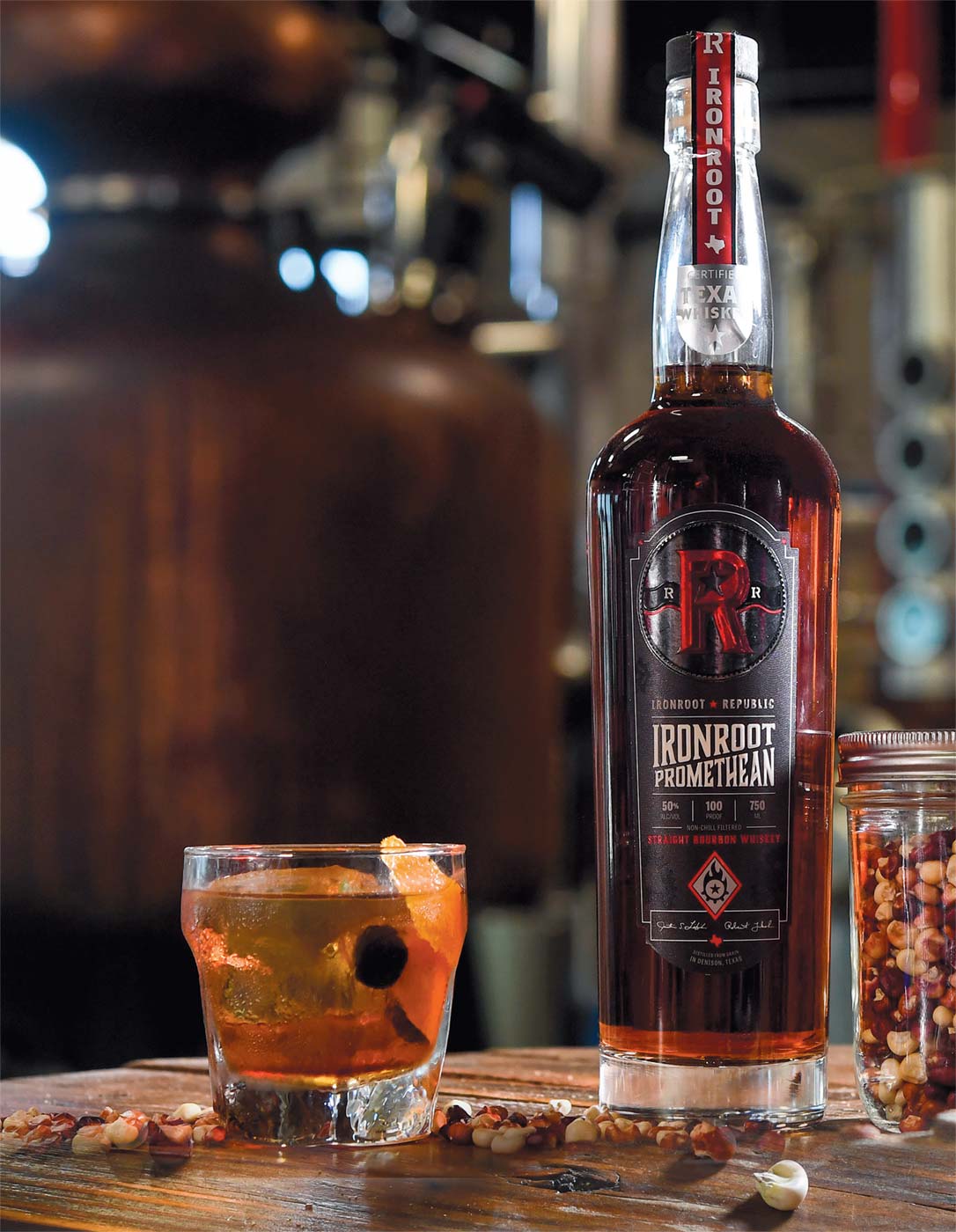
The Classic Old Fashioned
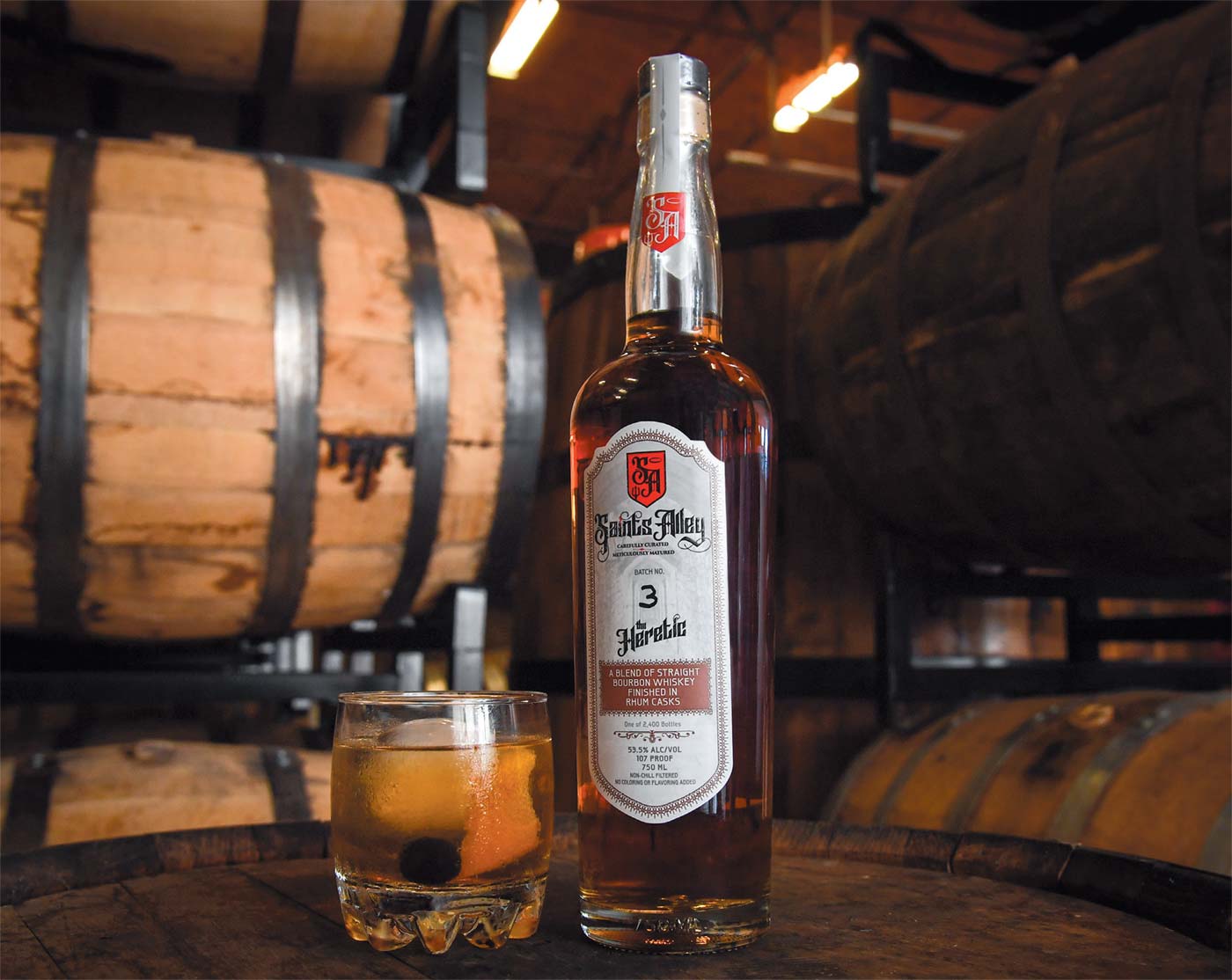
The Saints are Coming
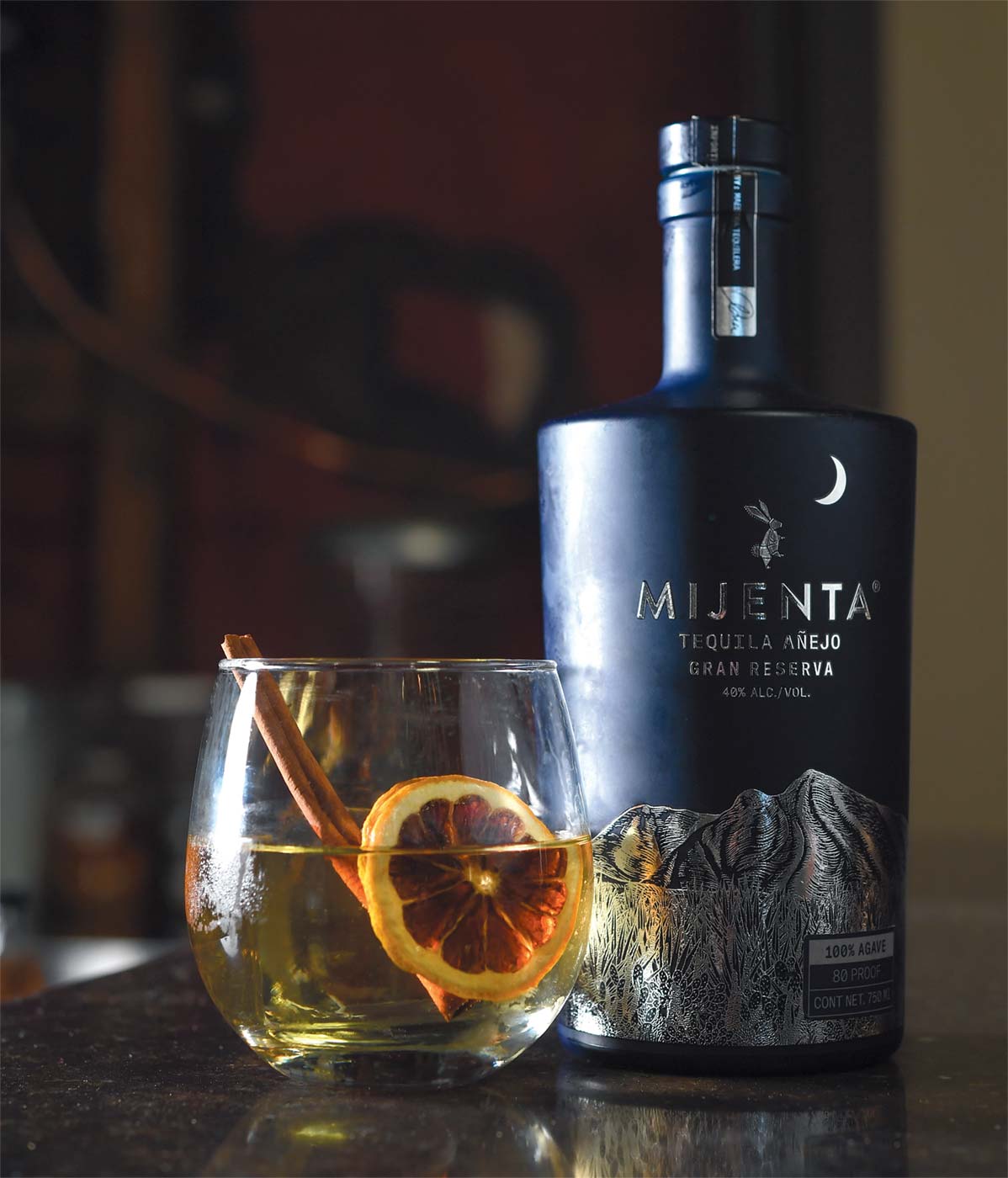
Gran Reserva Autumnal Fashion
Toby Thomason is General Manager of Harvest Seasonal Kitchen and Board Member of The Seed Project Foundation
- Toby Thomasonhttps://www.edibledfw.com/author/tobythomason/
- Toby Thomasonhttps://www.edibledfw.com/author/tobythomason/
- Toby Thomasonhttps://www.edibledfw.com/author/tobythomason/
- Toby Thomasonhttps://www.edibledfw.com/author/tobythomason/


